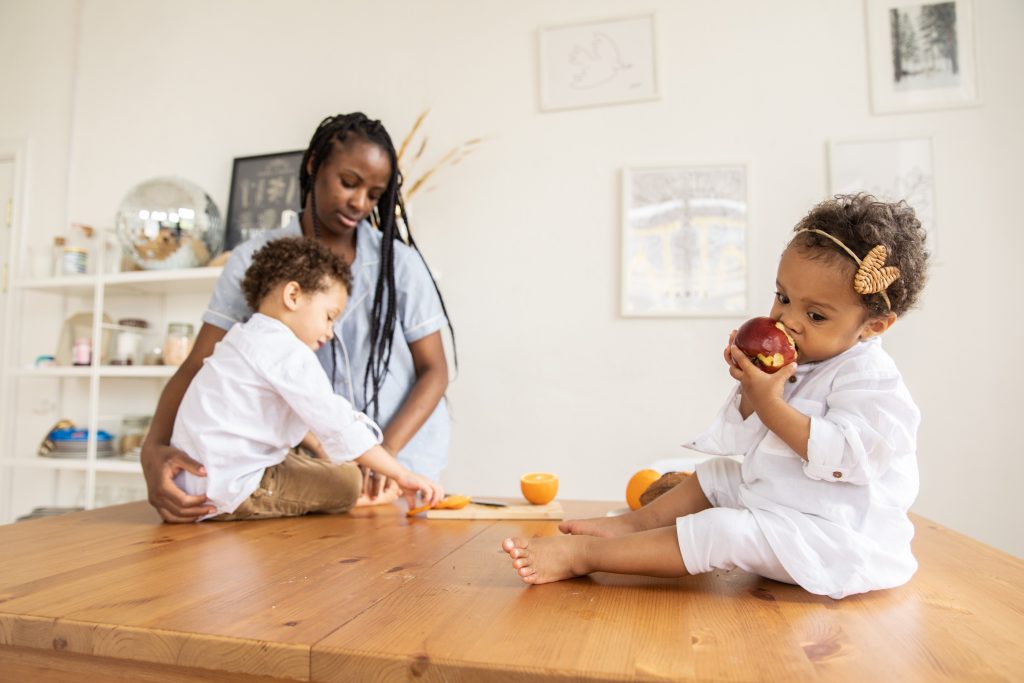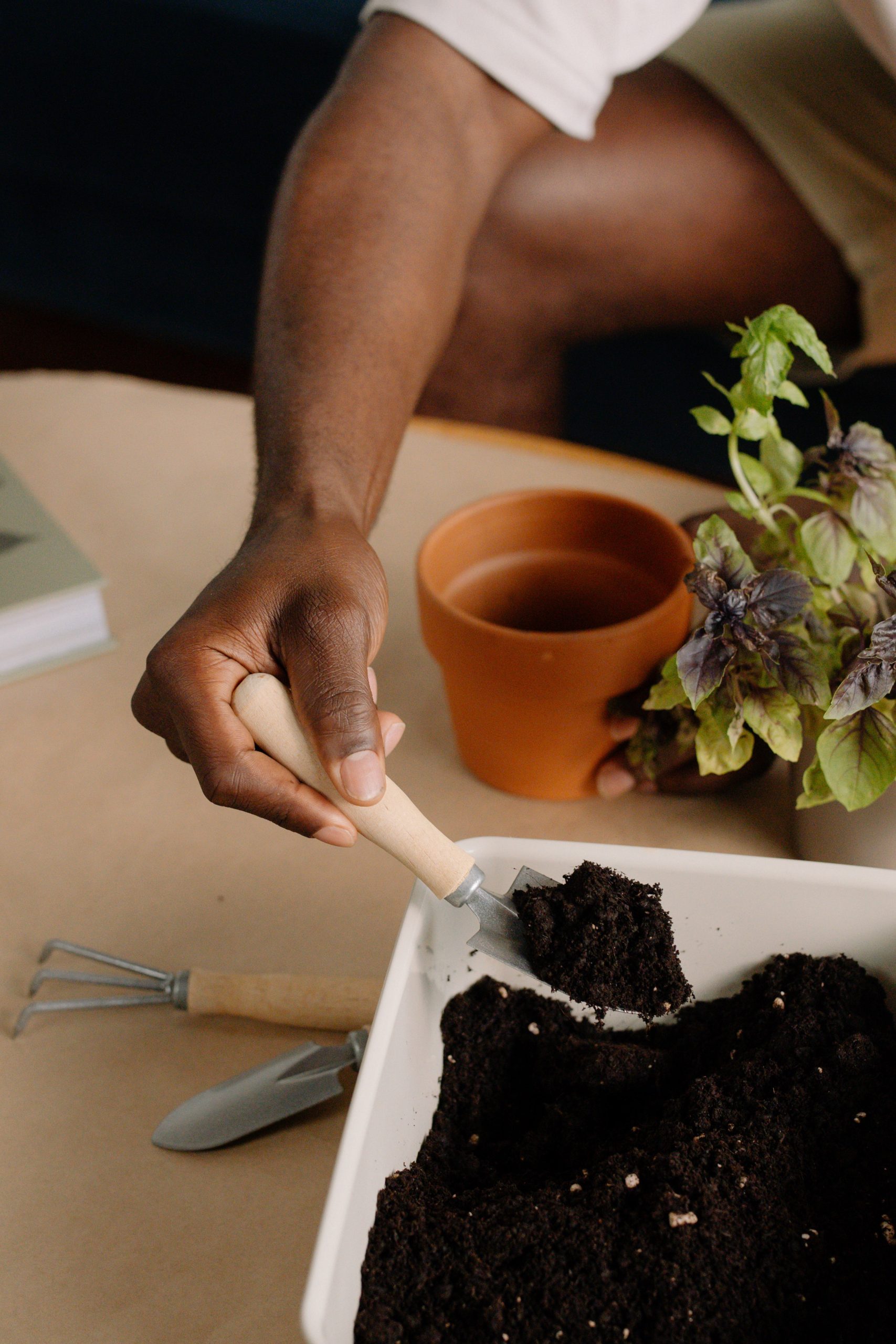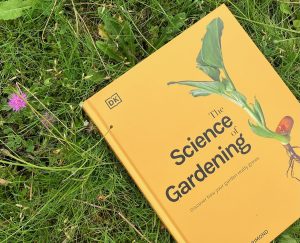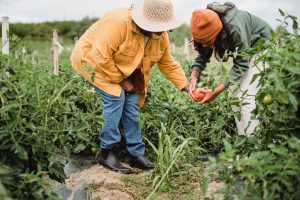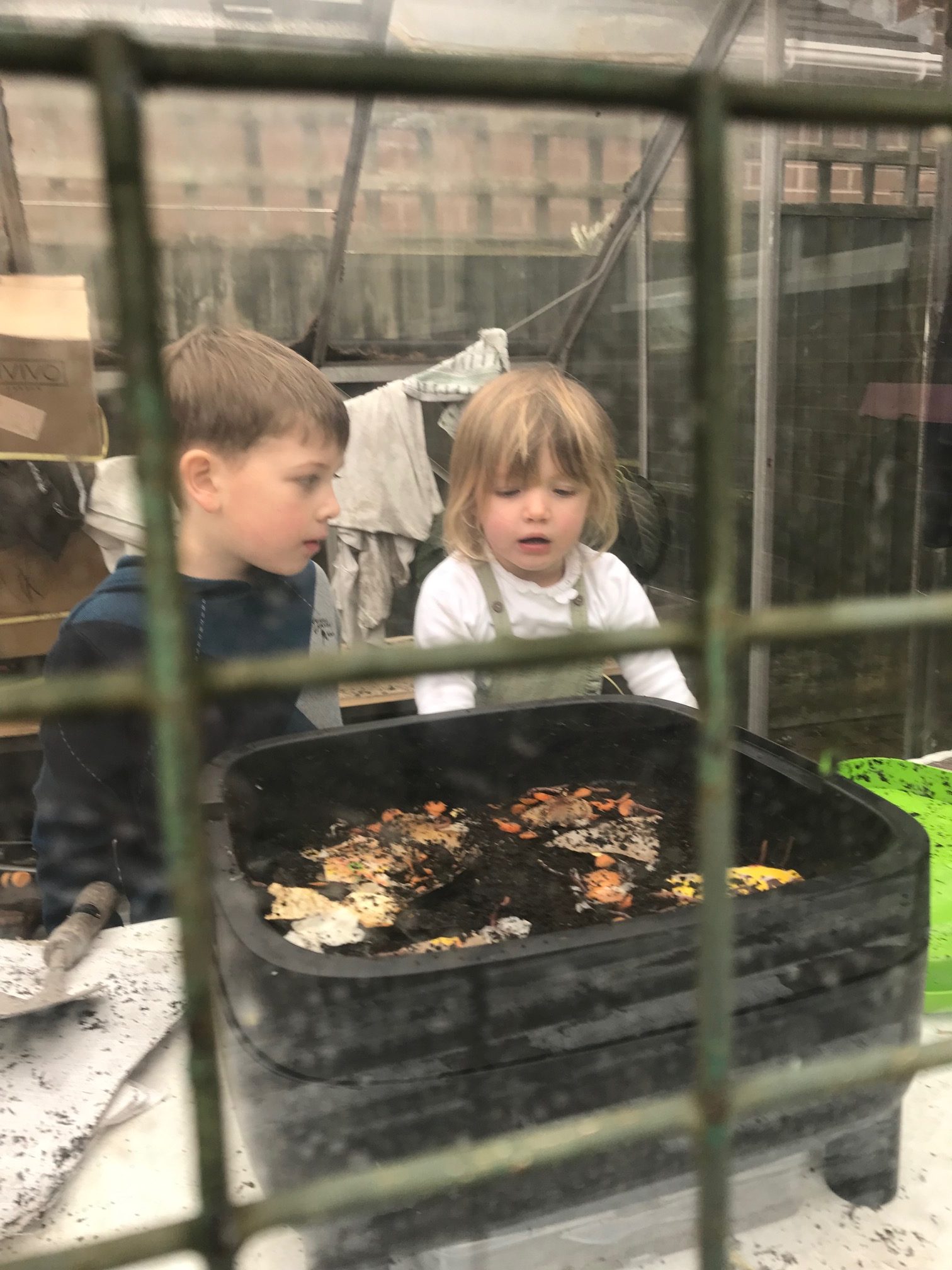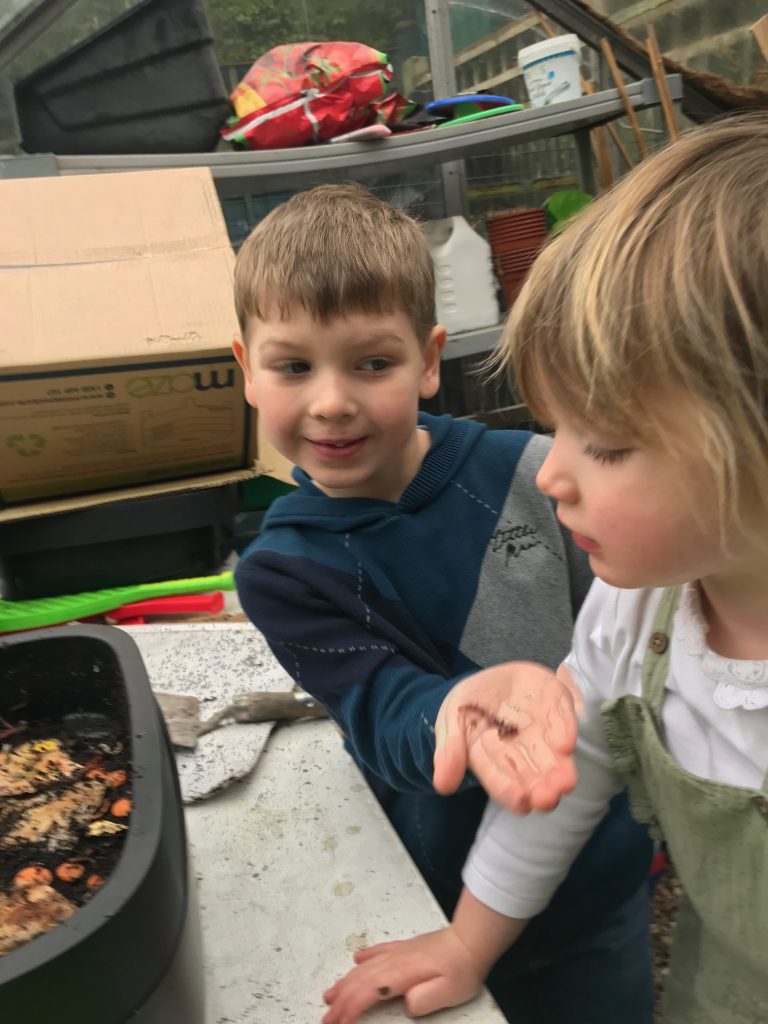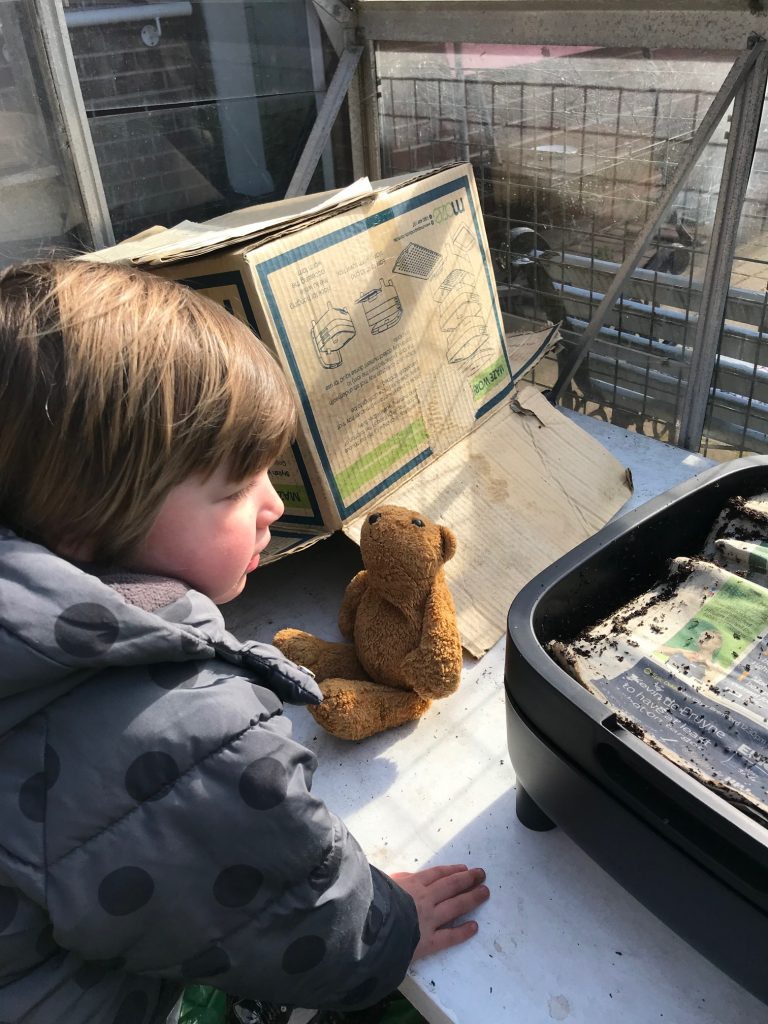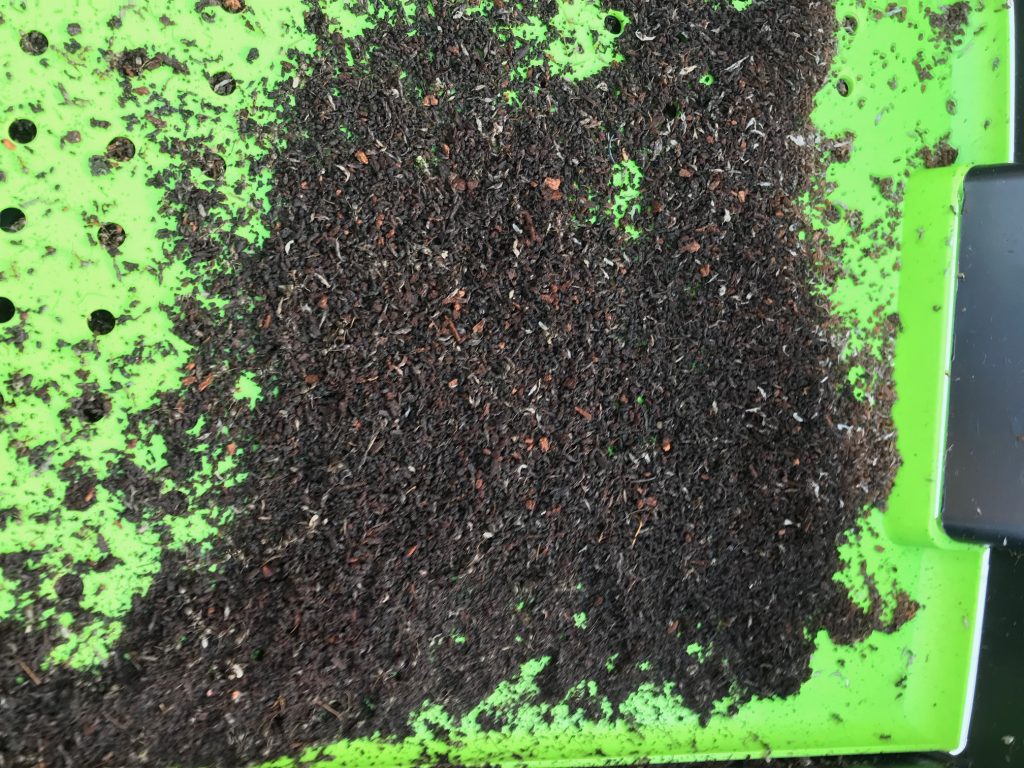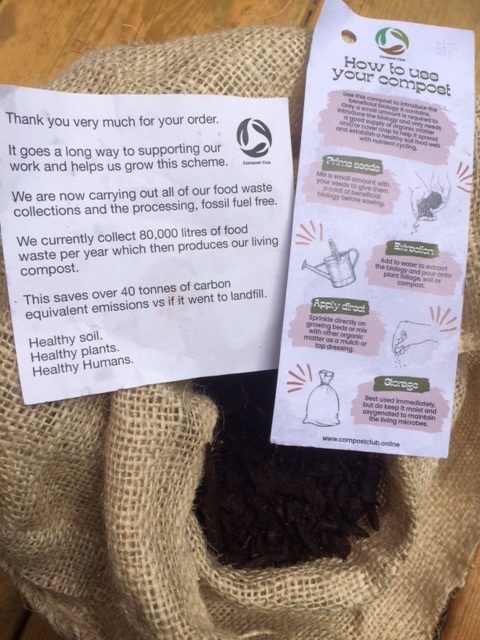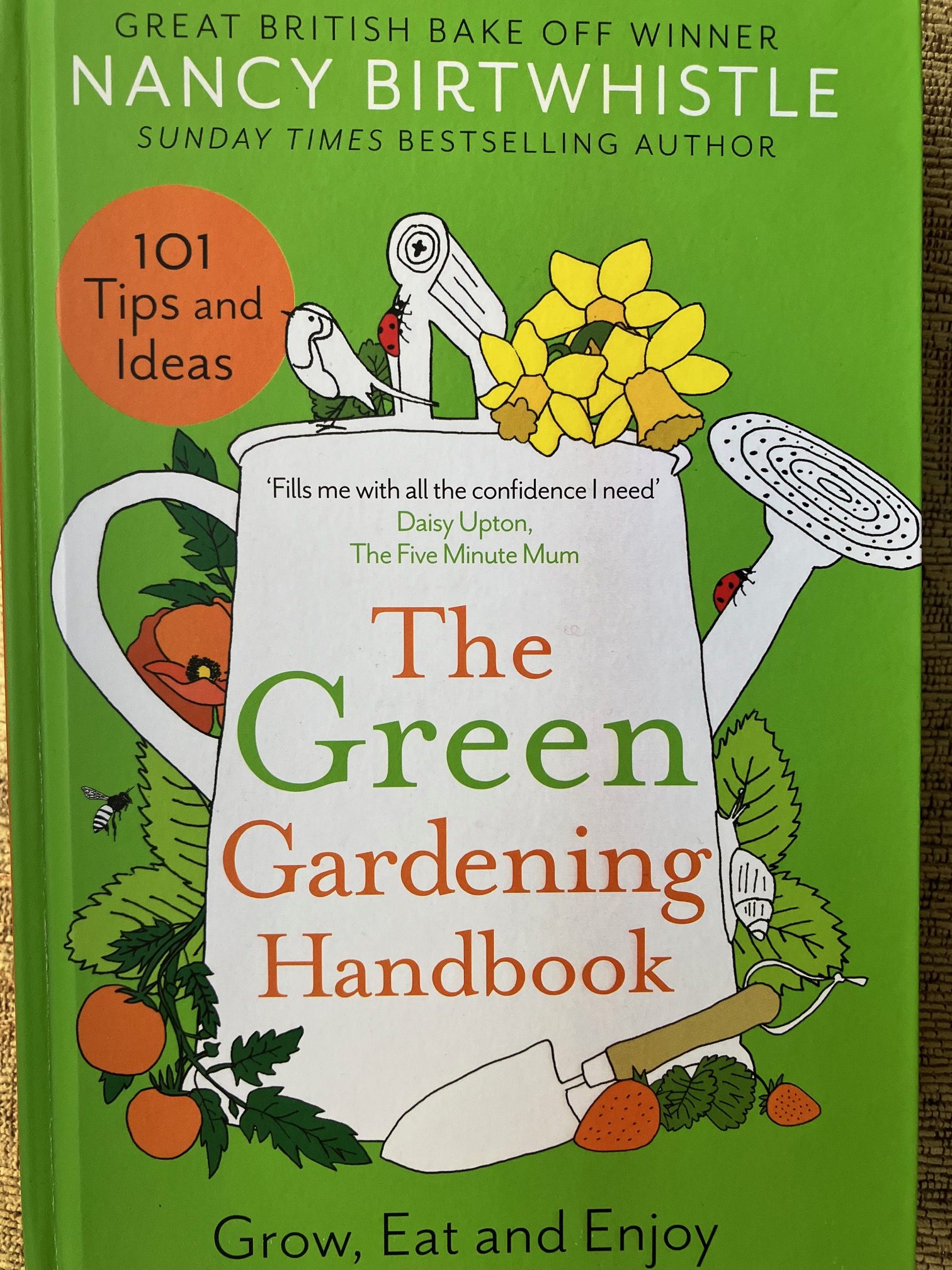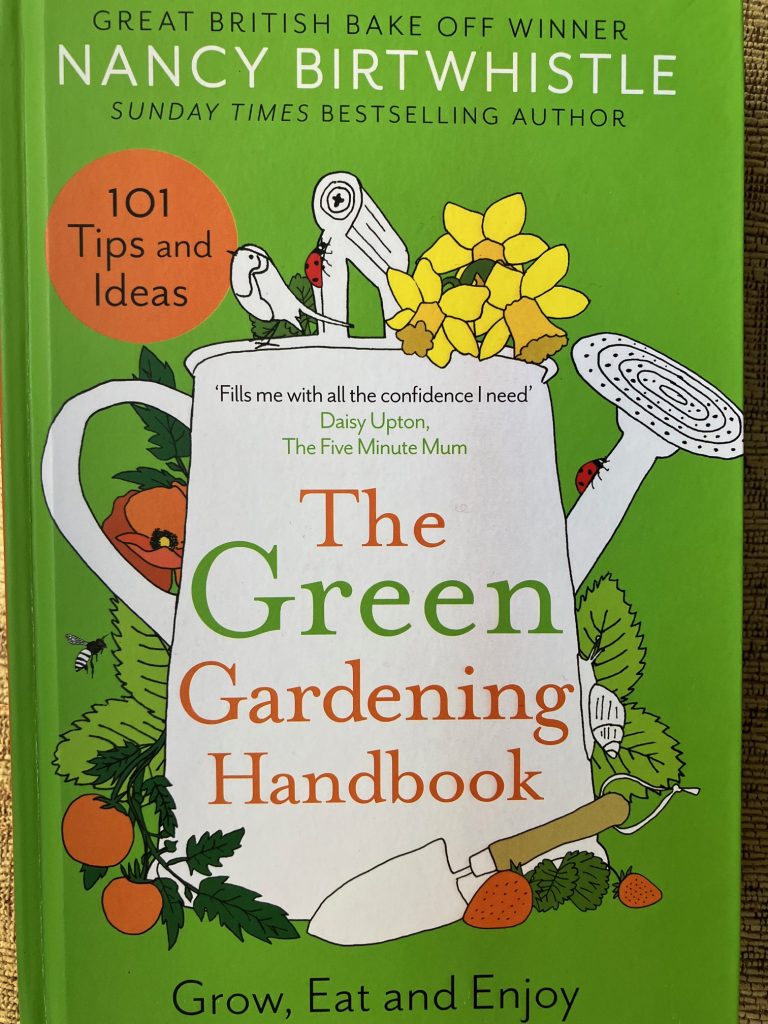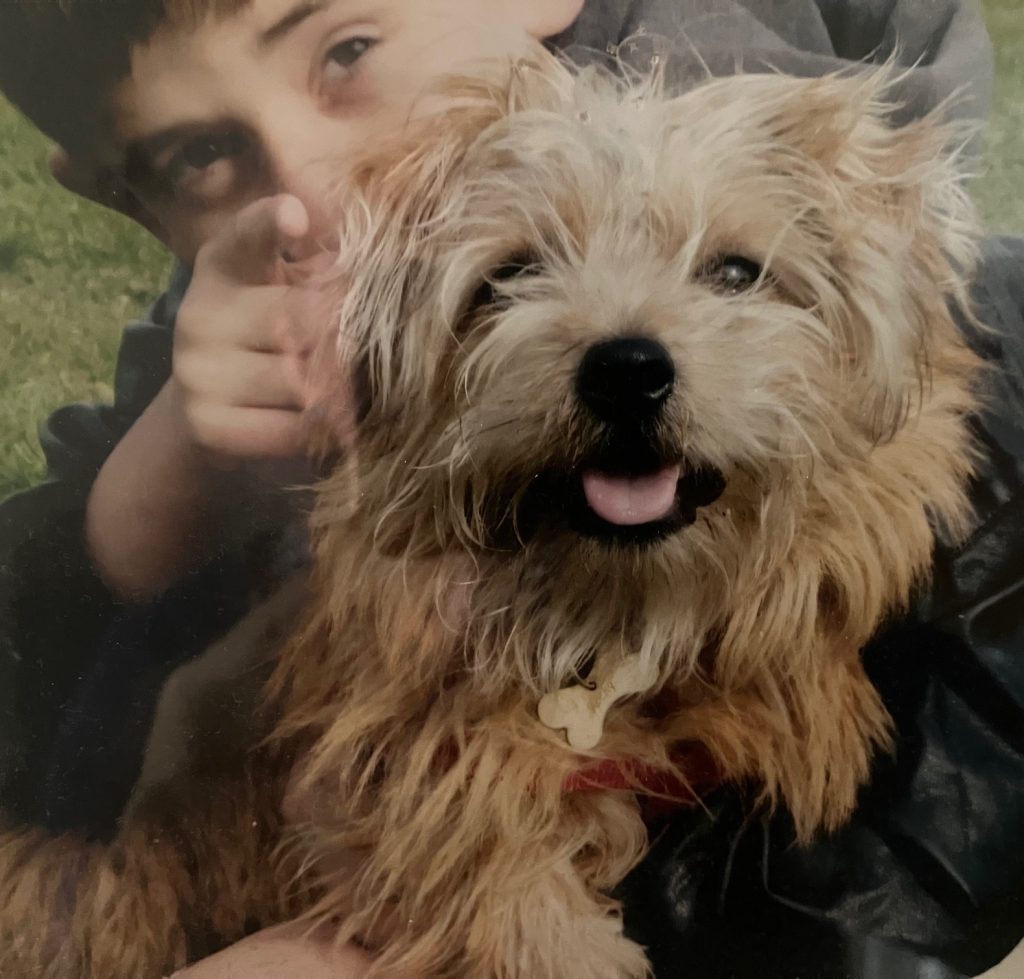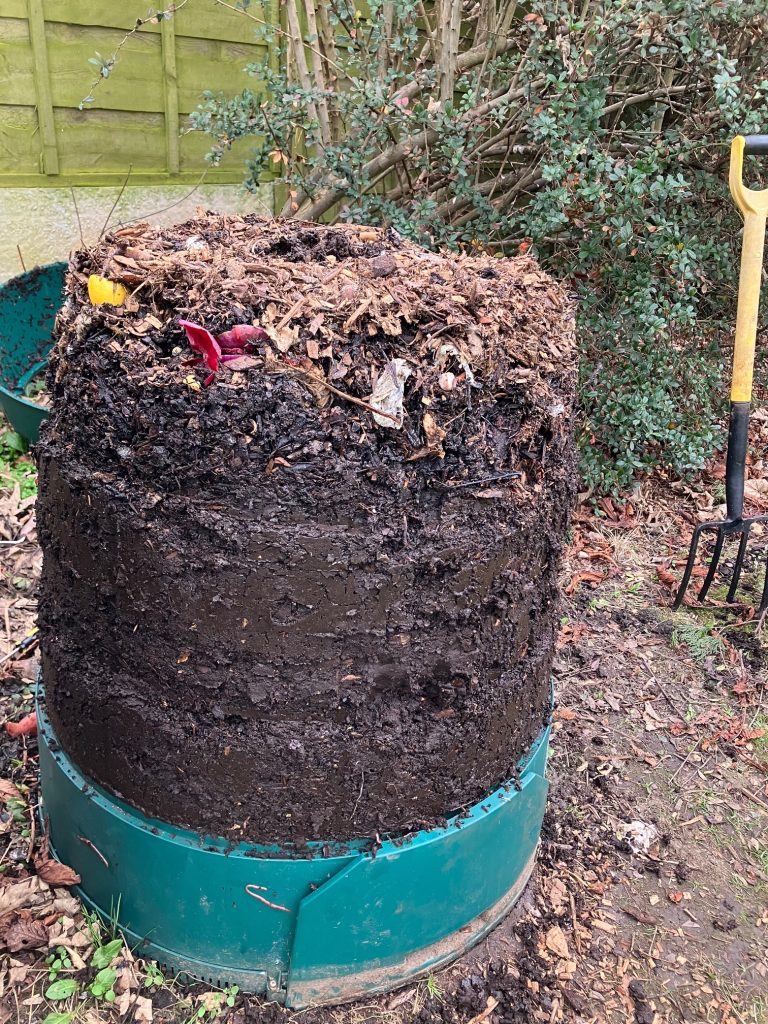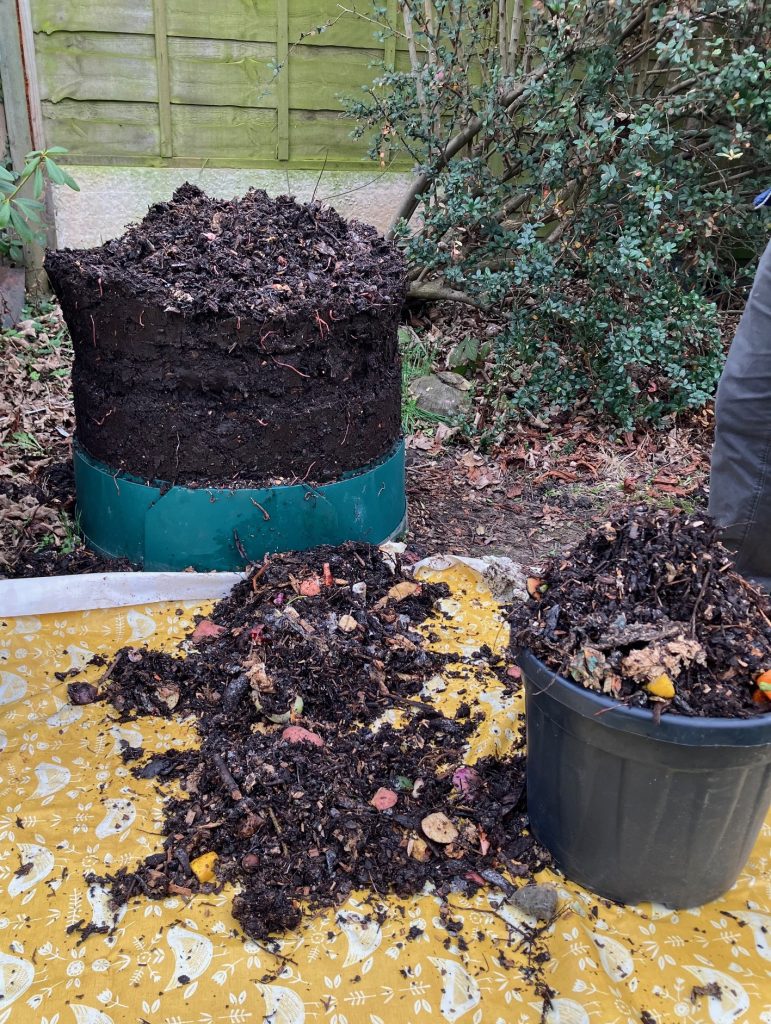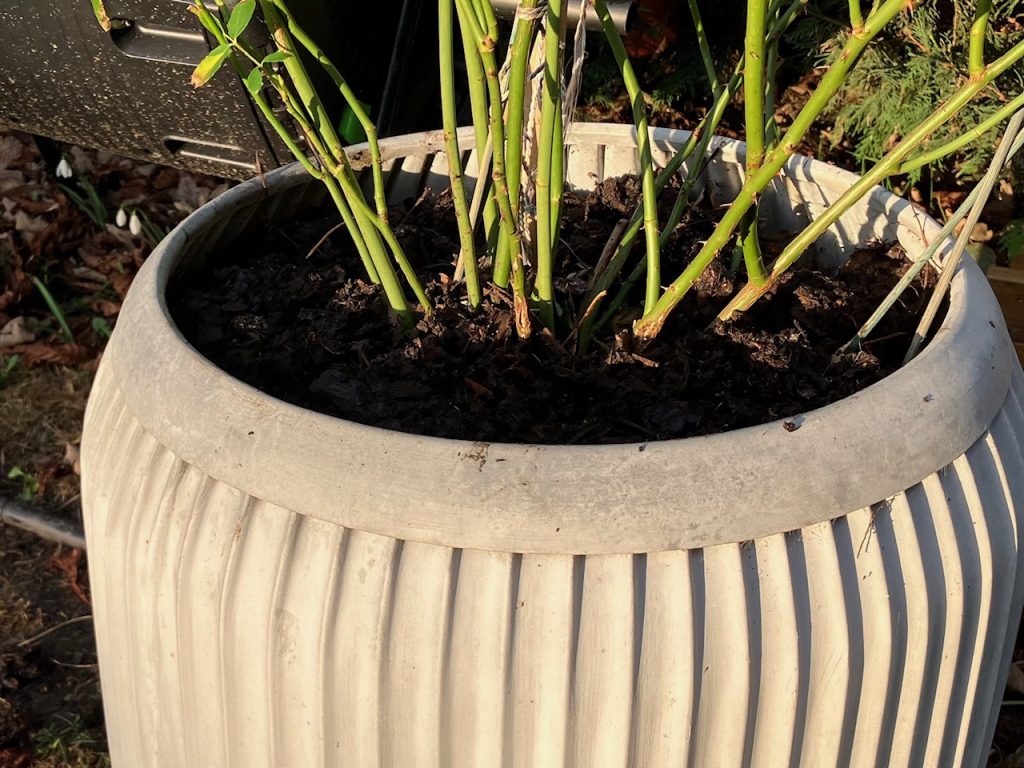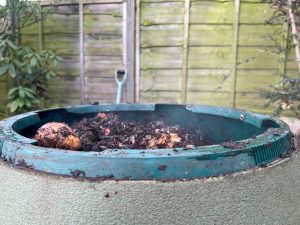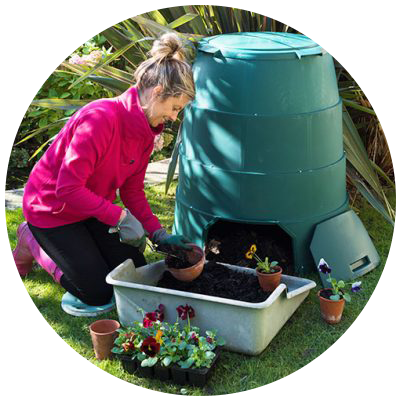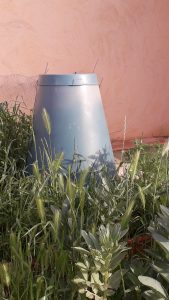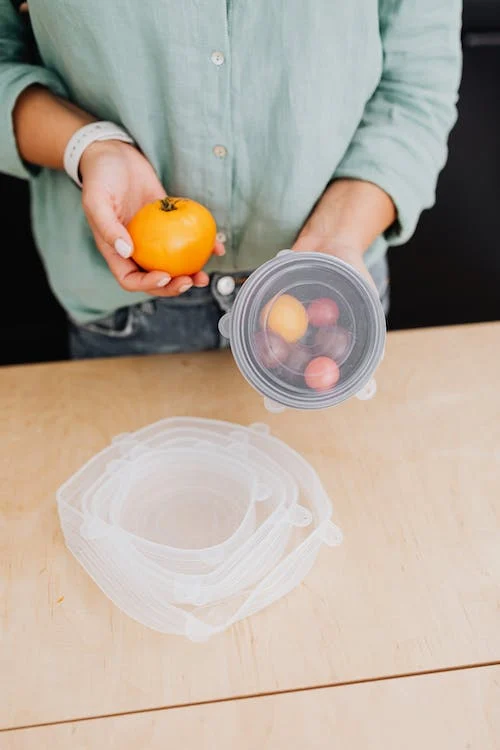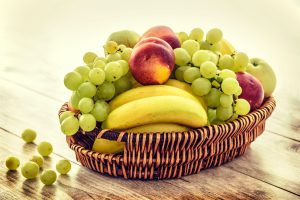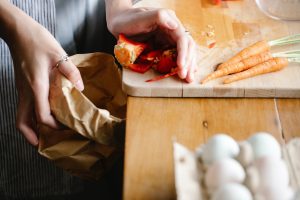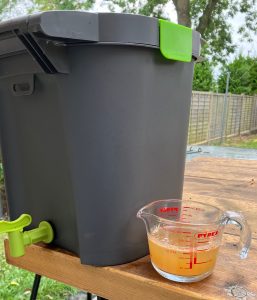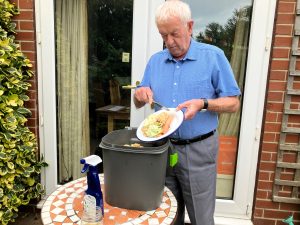How do we find the balance between horror and hope when discussing the climate emergency?
Last week’s warning by scientists that rising greenhouse gas emissions will cause irrevocable damage if we don’t act dominated the news.
It was interesting to watch the reactions of people watching this news story on Gogglebox. Listening to the scientists’ apocalyptic language, such as ‘final warning’ and ‘ticking timebomb’, the audience were clearly terrified.
One viewer commented, ‘Let’s hope they come up with something’, as if talking about a vaccine. But another responded, ‘No, because if people think that will happen then everyone will carry on as before.’
People’s reactions to climate crisis seem to vary according to whether their personal response to danger is fight, flight or play dead.
This is the dilemma – people need to be shocked into action but not shellshocked. It’s counterproductive to leave people thinking, what does it matter what I do?
The Gogglebox viewers were left in despair. Little wonder that so many people say they no longer watch the news. It’s a great shame that media reports on this subject don’t end with a reminder of, for instance, three practical things that people can do in their everyday lives.
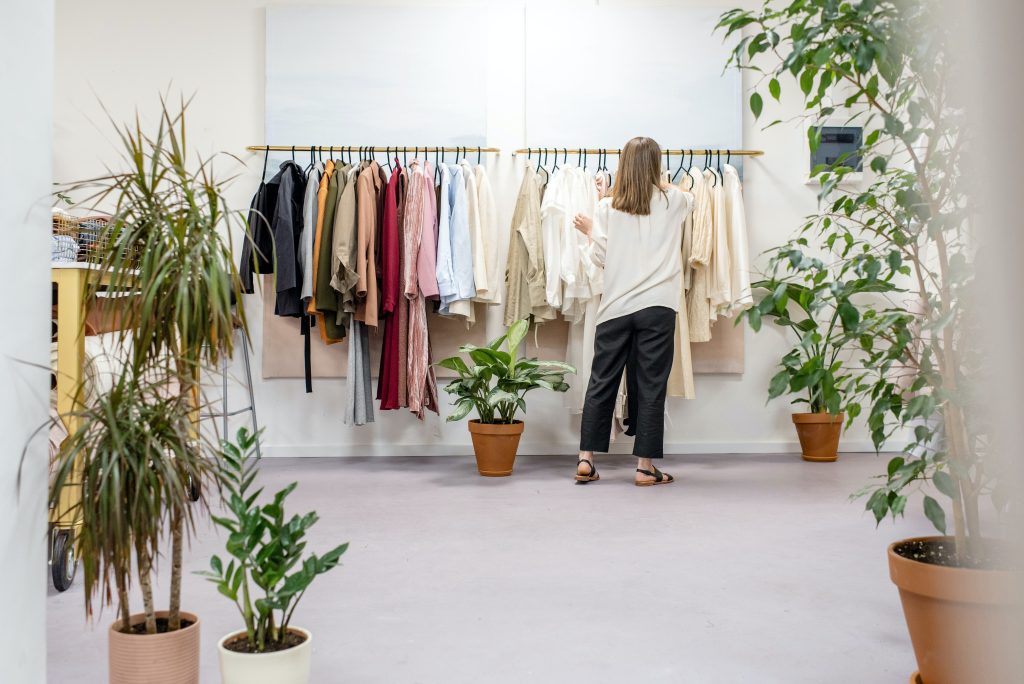
The climate change panel of scientists knew they had to end on a message of hope, so they urged world governments to reduce emissions by investing in renewable energy and technologies that capture and store carbon dioxide. Of course, this is the minimum that governments must do but we all need to be engaged in our daily lives too.
Mike Berners-Lee, author of How Bad Are Bananas?, says that in the first edition of his book he didn’t want to tell people what to do. But this was precisely the question he was asked at every book talk: What can we do?
Apparently there have been more than 30 years of warnings from the scientists behind this latest climate change report. I felt a stab of guilt when I read that their first report was published in 1990. In 1990 I was embarking on adult life in my first job and first home of my own. As I remember it, the focus at the time was on banking crises, home repossessions and the poll tax. I admit that if the scientists’ report was big news at the time, it didn’t grab my attention. But if it had and I’d banged on about it to friends they probably would have thought I was being over the top. That perception has certainly changed.
The report in The Guardian of the story quoted two experts. Richard Allan, a professor of climate science at the University of Reading, said: “Every bit of warming avoided due to the collective actions pulled from our growing, increasingly effective toolkit of options is less worse news for societies and the ecosystems on which we all depend.”
Peter Thorne, the director of the Icarus climate research centre at Maynooth University in Ireland, said the real question was ‘whether our collective choices mean we stabilise around 1.5C or crash through 1.5C, reach 2C and keep going.”
The key word used by both experts is ‘collective’.
Millions of people worldwide don’t get to have choices in their daily lives, so it’s vital that those of us who do try to make the right ones.
Talking to children
And if this subject scares adults, how must it make children feel? The way to discuss it with youngsters is by showing them what they can do, by harnessing their instinctive love of nature and desire to be useful.
At Great Green Systems we come across many schools that are teaching children how to compost, which is a brilliant way to empower them. Even the youngest pupil can throw their apple core in the right bin – one that will be emptied into compost.
To take our own advice about ending on a positive message, let’s conclude with three small action points from How Bad Are Bananas?
- Try to build up your knowledge of more and less sustainable brands and products. One good source of information is Ethical Consumer – www.ethicalconsumer.org.
- An aerated showerhead makes less water feel like more, saving water and carbon.
- Use a lid on pans when cooking, cut potatoes into smaller pieces and boil gently rather than at full throttle. (Efficient cooking can halve the carbon impact.)
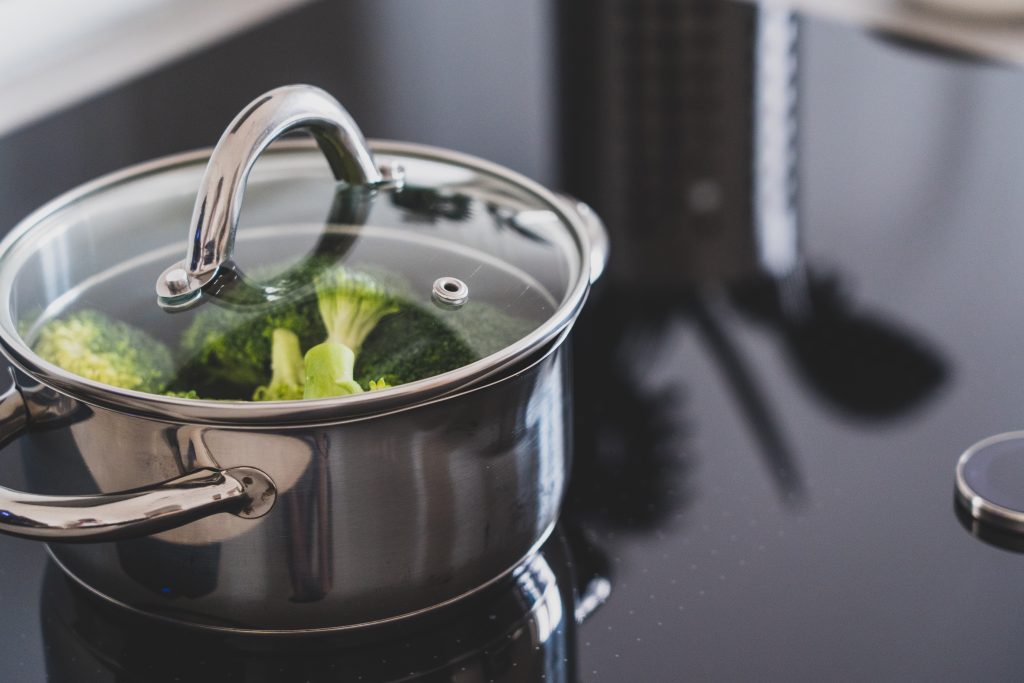
There are much bigger action points as well, of course, and it might seem ridiculous to mention pan lids and showerheads amid talk of final warnings and ticking timebombs, but one of my favourite quotes is this: ‘Nobody made a greater mistake than he who did nothing because he could do only a little.’ (Edmund Burke). Multiply this attitude by enough people and change happens.
I can only vote every five years but I use pans every single day.
If you need cheering up, watch the documentary Kiss the Ground on Netflix. It’s not a worthy snorefest or despair dripfeed. Quite the opposite. It leaves you with a dynamic feeling of hope. Who doesn’t need that right now?
Julie
